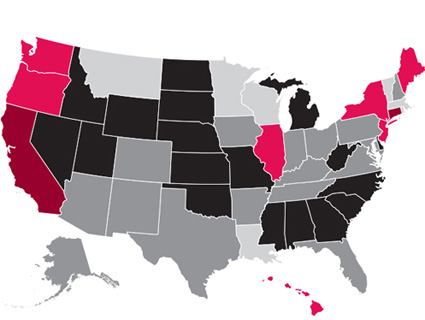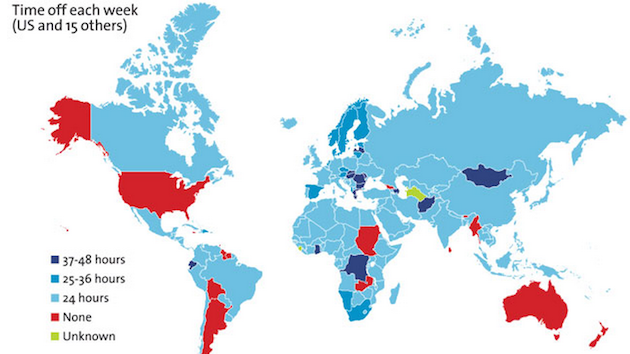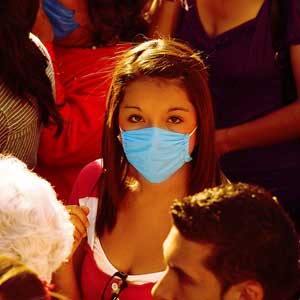
<a href="http://www.shutterstock.com/gallery-639527p1.html">Alike You</a>/Shutterstock
The United States is one of the only countries in the world that doesn’t give sick workers paid leave.
Now some New York City politicians are trying to change that—at least for their little corner of the country. A proposed city law would require most employers to give staff at least five days of paid sick leave each year. A veto-proof majority of City Council members support the bill, which has both grassroots and glitzy backers, but Council Speaker Christine Quinn (who killed a similar bill in 2010) refuses to bring it to a vote, citing potential strain on business and a crappy economy.
In a political climate in which even the extension of jobless benefits is controversial, national legislation on paid sick leave is unlikely to make much headway. So some of the country’s most liberal jurisdictions have been pushing forward on their own. In 2007, San Francisco became the first city to pass a law requiring employers to provide the benefit, inspiring similar laws in Seattle, Washington, D.C., and Connecticut, and proposed measures in over a dozen other states.
New York’s version of the paid sick leave law would force firms with 5 to 19 employees to give workers five paid sick days a year. Firms with 20 or more employees would have to offer nine days. Right now, over a million workers in one of the richest cities in the world don’t get paid if they have to take a sick day.
Although business leaders like Rupert Murdoch have criticized the idea of paid sick leave as “absurd,” 14 of the 15 wealthiest and most productive countries guarantee their citizens continued income when they’re ill, according to a 2009 study by the McGill Institute for Health and Social Policy. So do about 160 other countries. It all makes the US, where more than 40 million people go without paid sick leave, look positively medieval:
![]()
Source: McGill Institute for Health and Social Policy















